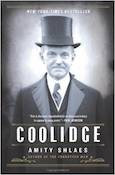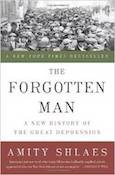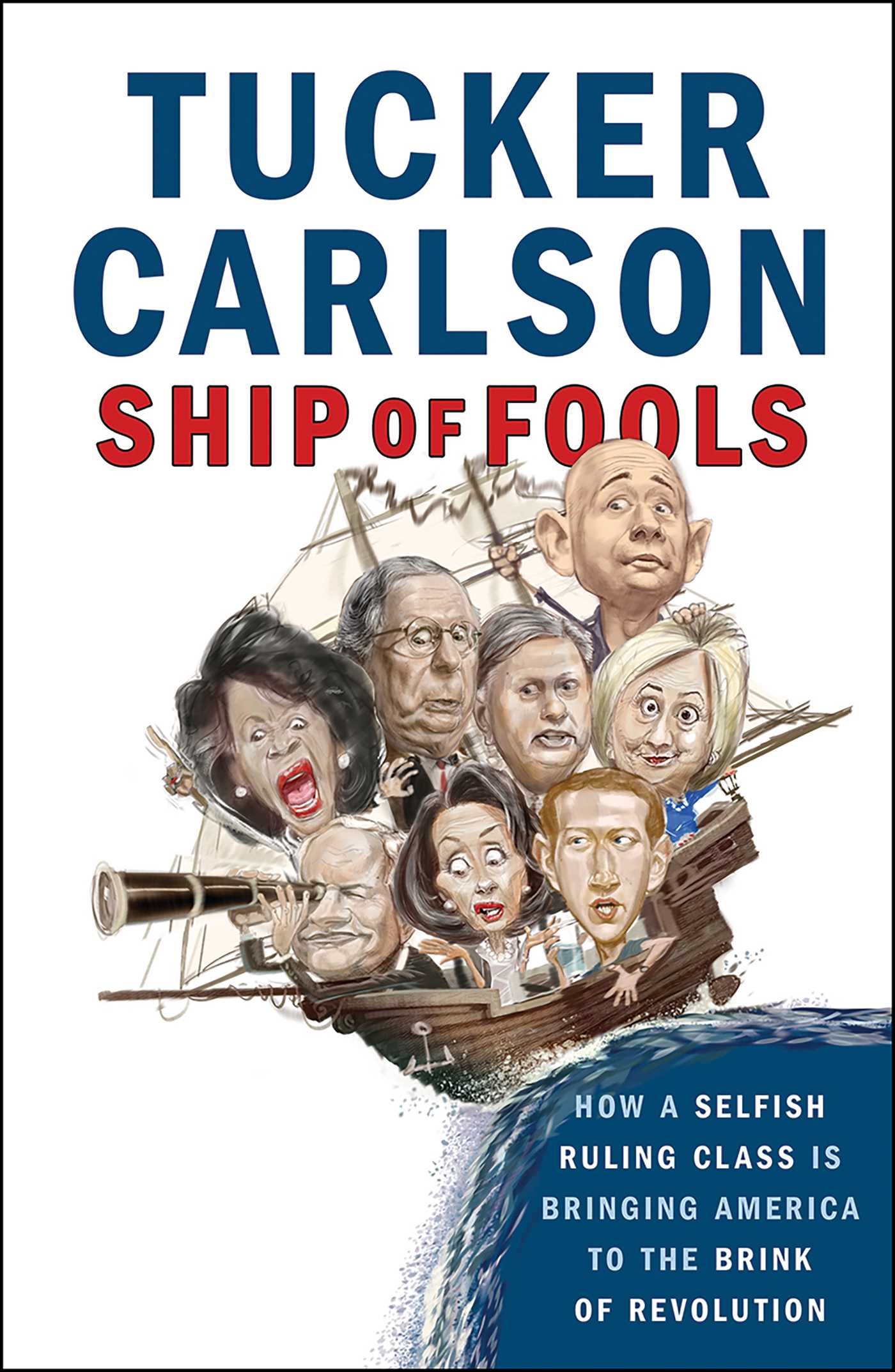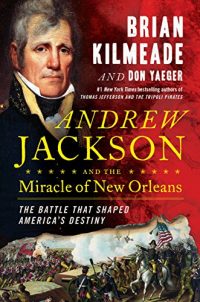Coolidge
Between Democratic giants Woodrow Wilson and Franklin Roosevelt came three Republican presidents: Warren Harding, who was betrayed by corrupt friends and died in office; Herbert Hoover, who presided over the beginning of the Great Depression; and between these two Calvin Coolidge, best remembered today as being “Silent Cal” and looking, in the words of one contemporary, “as if he’d been weaned on a pickle.”
Coolidge was much more than a quiet placeholder. He brought tough fiscal discipline to the presidency. Economic historian Amity Shlaes writes that Coolidge “was a rare kind of hero: a minimalist president, an economic general of budgeting and tax cuts.” He believed, notes Shlaes, that government should be kept out of the way of commerce, and he “made a virtue of inaction … Coolidge is our great refrainer.”
Born in rural Vermont, Coolidge was a product of long winters and tight finances. As a young man, he moved to Massachusetts, attending Amherst College and rising to become governor of the state. In 1919, he faced down striking Boston police officers and gained national political fame for his terse pronouncement that “there is no right to strike against the public safety by anybody, anywhere, anytime.”
As the Republican vice presidential candidate in 1920, Coolidge helped lead his party’s resurgence. When he became president on Harding’s death in 1923, Coolidge began knocking items large and small out of the federal budget. “I am for economy,” he said, “and after that I am for more economy.” Shlaes writes that Coolidge fervently believed that the states, not the federal government, “were the natural place to solve problems.” Even when terrible floods hit the Mississippi River and then his home state of Vermont in 1927, Coolidge’s position was that the federal role was “rescue, yes; reconstruction, no.”
Coolidge saw his guardianship of the federal budget as a matter of effective management, not hardheartedness. Shlaes does a good job of looking behind Coolidge’s stoic exterior and deciphering his character. His time in the White House was brightened by his wife, Grace, who presided over a lively menagerie of dogs, cats, birds and a raccoon, and by frequent Potomac River cruises on the presidential yacht Mayflower.
Coolidge’s commitment to cutting deficits and taxes was partly a function of his times. He faced demands from military veterans for bonus payments, but he did not need to worry about massive defense outlays. With his secretary of state, Frank Kellogg, he shaped the Kellogg-Briand Pact of 1928, which repudiated the use of war to resolve “disputes or conflicts of whatever nature or whatever origin.” Given the terrible events that were to rip through the world just a decade later, such an agreement may seem naive in retrospect, but at the time it appeared to be part of a formula for lasting peace and prosperity.
By the time Coolidge made way for Hoover in early 1929, the fiscal structure of the Coolidge years was wobbling. As ex-president, Coolidge lamented the rise in federal spending that was accompanied by a sharp increase in taxes. He died of a heart attack in early 1933, just as the New Deal was about to drastically steer the country away from Coolidge’s policies.
Calvin Coolidge was very much a man and a president of his times. Shlaes deserves thanks for helping us, nearly a century after his tenure, to consider his approach to economic policy and the presidency, as well as his place in history.
Book Review from The Dallas Morning News, by Philip Seib
Tags: Amity Shlaes, Coolidge
- The Author
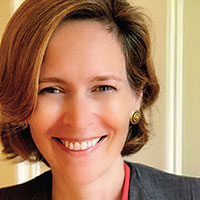
Amity Shlaes
Amity Shlaes is an American author and columnist who writes about politics from a conservative free market perspective. She has […] More about Amity Shlaes.
- Books by the Author
Ratings Details




